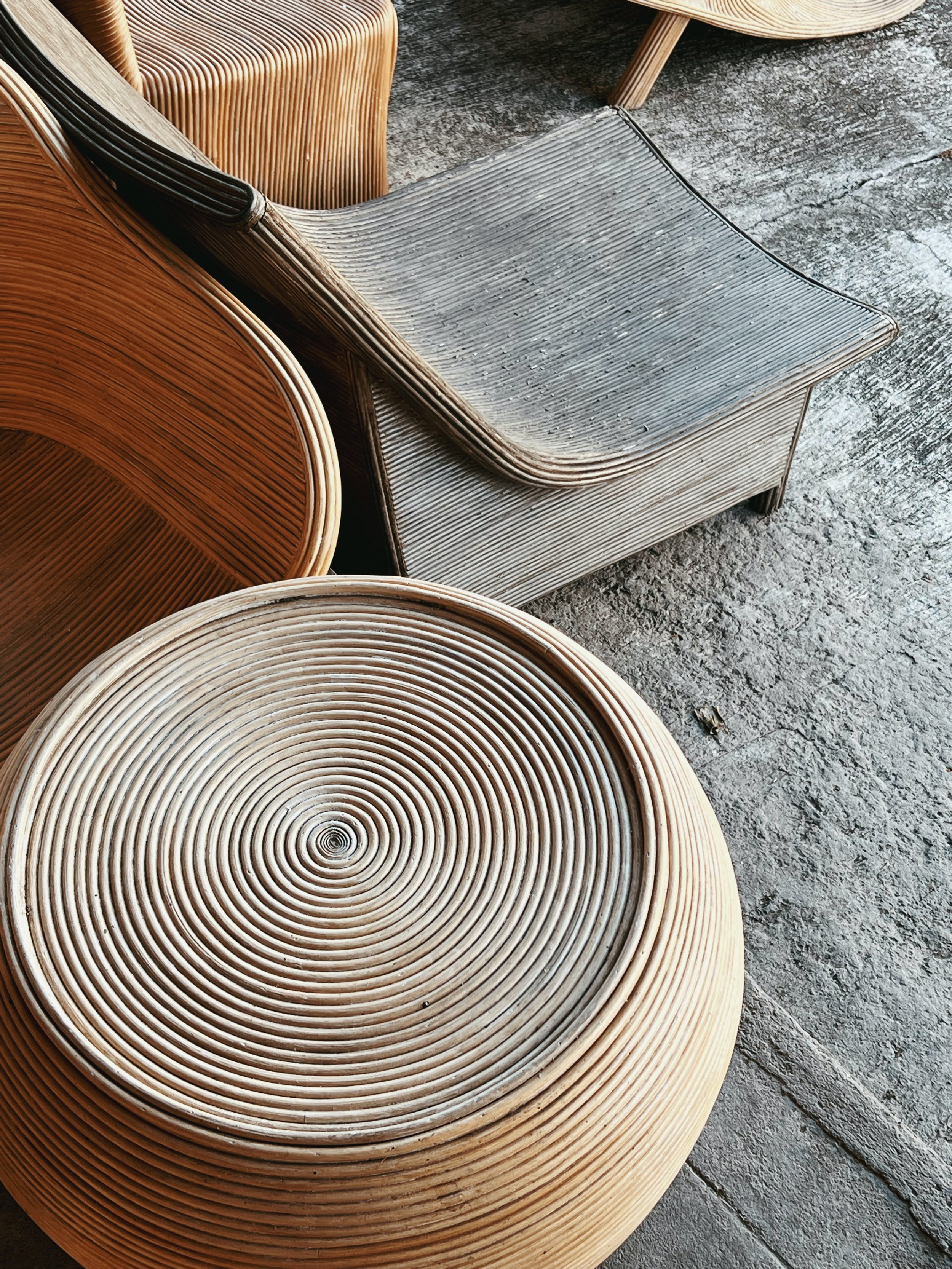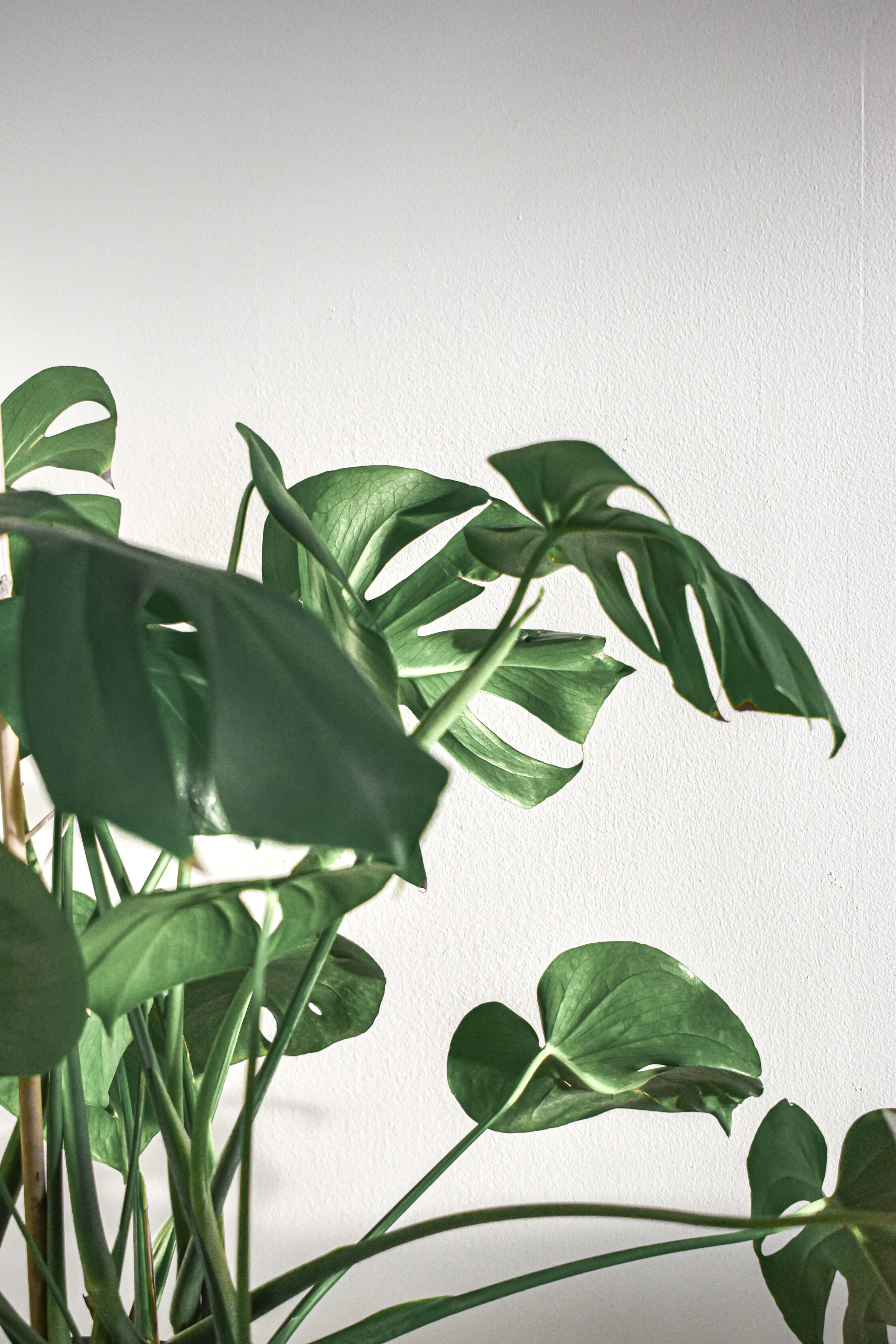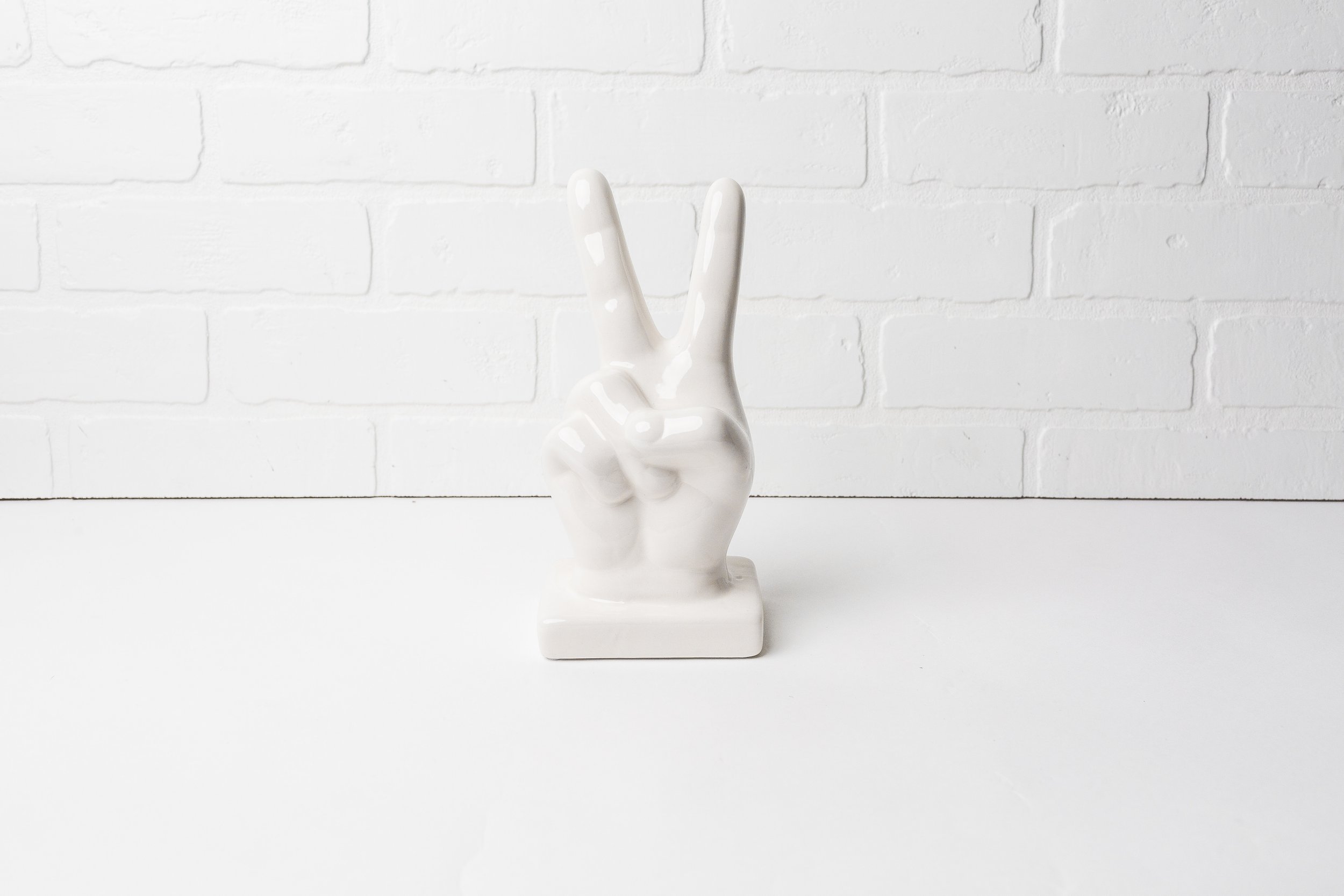Designing a Way to Wellness
Written by Shekesia Joyner
Published on NAHB Best in American Living
It’s amazing how much our lives have changed since the start of the pandemic. It has singlehandedly destroyed every known normal that we have cultivated and refined in this lifetime. Though despite the tragic nature of the virus, there also exists silver linings, as the pandemic immersed us in circumstances that we otherwise might not have experienced. We were forced to find creative ways to occupy our time. Many adopted new hobbies or mastered old ones and families spent more time in the kitchen and cooked meals at home instead of eating out. Still, one of the most transformative things the pandemic forced us to do was to sit with ourselves. This forced many to look inward, searching for meaning and peace in all of the outward chaos. In a desperate need to be ‘OK,’ the pandemic made people care about taking care of themselves. With this new journey for inner peace and wellbeing – and of course mandated quarantines – our homes began to evolve to accommodate our new interests. Design trends began to adapt to more holistic themes and people, now forced to be inside, satisfied their longing of the outdoors by bringing nature indoors. Thus, the surge of the plant takeover began.
Plants have always been around and have had loyal enthusiasts for decades. But since the start of the pandemic, buying plants for indoor spaces has exploded in popularity and is now a booming trend with no end in sight. It’s common now to see trails of heart shaped leaves on long winding vines draping living room windows. Or a curly ponytail palm perched on a bookshelf.
With modern ‘plant parents’ not being able to stop at just one, plants have taken over every room in the house. And while artificial plants require less maintenance and are improving in quality, real plants are living, breathing organisms. So they are literally breathing life into our homes. What’s more is that caring for ‘green babies’ can help manage both stress and anxiety levels, which can’t hurt during a global pandemic, right?




